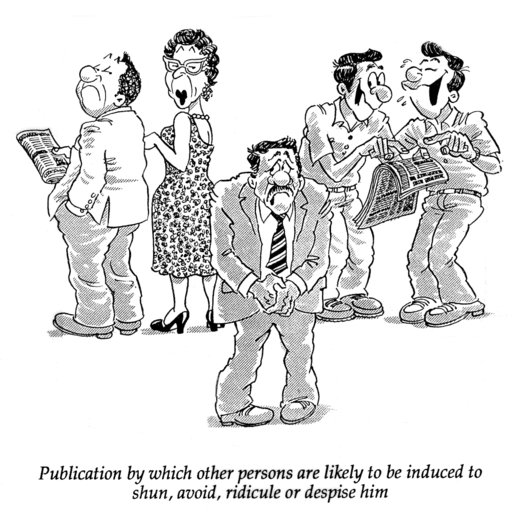
jadlksjfdjiofdajiofjwdiojfiojadsjnjfdskljfiowjio
djfnnsdajnfbkjnjknadsjknjkdsanfnjkndsjknfj
ijfosjdoifjaiojfiojrioejfoiwjsfoidjafindsfhiuorfe
A number of issues that come up when dealing with content on e-commerce sites include copyright, patent, trademark, and service mark infringement.
Copyright infringement occurs when all or part of a copyrighted work is used in order to make a profit. There are some items that may be used, that are covered in the U.S. fair use exception. Thses include items used for news reporting, teaching, school work, and research, among other things. Music is one area in which there are disputes over whether people should or should not be able to make copies. Some argue that this takes away from the profits the record companies make since people may make CD's and sell them, while others see this as a chance to back up their music without making a profit on it.
Patent infringement occurs when one person or company 'steals' the concepts for an item from one company and uses it to make a profit. One example of this is the debate between eBay and Amazon.com over the"Buy it Now" feature that eBay currently features on their site.
Trademarks and services marks are words or phrases that companies uses for the purpose of identification of that product or service. One area where a company can get in trouble for trademark infringement is having a picture of a person or thing that is known from a different product or service since it could falsely indicate the company being represented in the trademark supports the company using the trademark.
There has been a large amount of controversy to come about when discussing domain names and intellectual property. Some of the practices that have caused problems include cybersquatting, name changing (typosquatting), name stealing, and domain name ownership change.
Cybersquatting occurs when someone registers a domain name that is the trademark of another company in hopes of getting rich from that company. If successful, they can attract a high volume of visitors, and make a large amount of money selling advertising on the site. Name changing serves a similar purpose, but instead of registering a domain name that is a trademark of another company, the user will register a misspelled variation of a company's name.
Name stealing and domain name ownership change occur when a user other than the owner of the domain access the site and make changes to the site allowing them to perform actions that can mislead visitors to the site. This occurs mainly when there is not enough security measures in place, and can cause problems within a company for days.

There have been many attempts at protecting information found on Web sites, but most times there is only partial protection offered by any solution. One of the solutions that is making an impact is the use of digital watermarks, which are embedded into a digital image or audio file. The watermark does not alter the file, but still allows for the person or company that owns the file to track the use of it.
Defamation occurs when a false statement is made that negatively impacts a person's reputation. When this impact is targeted at a product or service, it is referred to as product disparagement. This can become a rough issue when you go online since some areas of the world take statements personally, so you must make sure that your statements are worded in a manner that can still get your point across while aiming at offending as few people as possible.

For the most part, many companies trademarks have been protected from illegal use, and when they are used in a wrongful manner, there is a good chance the person or company misusing the trademark will hear from the original company. Trademark protection keeps companies from using similar trademarks that could cause confusion amongst customers.
Any advertising that is meant to mislead customers is illegal under U.S. Federal Trade Commission laws. Areas in which the FTC provides further information on what is allowed in advertisements include the following:
- Bait advertising,
- Consumer lending and leasing,
- Endorsements and testimonials,
- Energy consumption statements for home appliances,
- Guarantees and warranties, and
- Prices.
Other agencies have the power to control advertsing of particular goods and services online. These agencies include:
- FDA (Food and Drug Administration), regulates information about food and drug products, such as pharmaceuticals.
- BATF (Bureau of Alcohol, Tobacco, and Firearms), which regulates advertising for alcohol and tobacco products.
- DOT (Department of Transportation), which monitors advertising of companies such as bus lines, freight companies, and airlines.